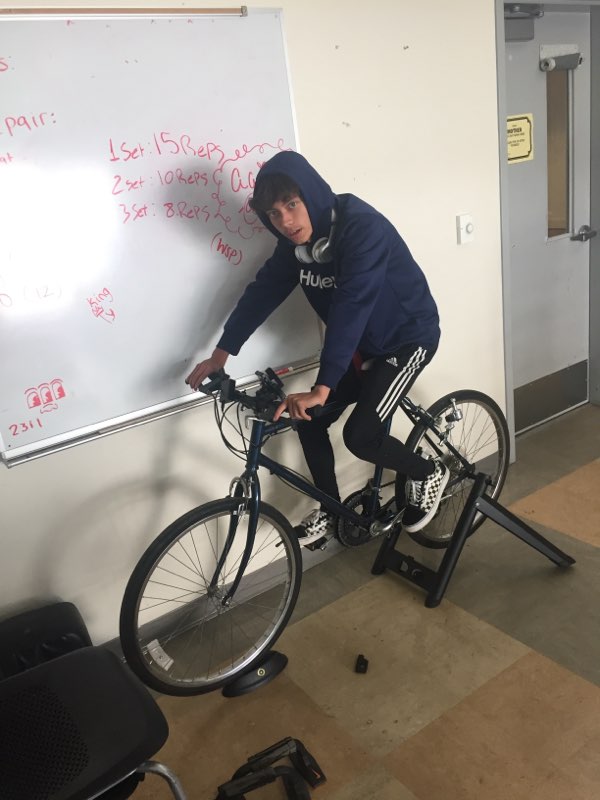2018, CINCINNATI, OH, UNITED STATES

Luke Erny, Kayla Roeske, and Canton Hausfeld’s idea was to decrease the amount of energy used,and wasted, from lightbulbs in their community. For their project, they gave out new, energy efficient light bulbs to community members in exchange for old incandescent bulbs. This event took place at the Wyoming Civic Center on April 15th. This exchange gave the citizens of Wyoming the opportunity to trade their old light bulbs at no cost. These light bulbs would save them money and more importantly reduce the amount of energy used. Flyers were handed out with the lightbulbs to explain the project and why making the switch to energy efficient bulbs helps the environment and is better than incandescent bulbs.
The energy efficient light bulbs that the group implemented in homes around their community were GE Daylight LED bulbs. They were general purpose, so citizens could use them in as many ways as possible. They were a 60 watt replacement that used only 10 watts in return. These bulbs were predicted to last around 13 years. They save $83 in energy cost vs. a 60 Watt incandescent A19 bulb over the bulb’s life. With this in mind, and because we gave out all 300 light bulbs, our group has saved $24,900 worth of energy overall. The estimated energy cost of a single bulb is $1.20 per year. The annual cost of all these light bulbs would be only $360. This saves people time, energy, and money using the LED energy efficient bulbs rather than regular incandescent.
LED energy efficient light bulbs are better for the environment because they use less energy than regular bulbs which in the end means less pollution is produced. Less energy use reduces the demand from power plants and decreases greenhouse gas emissions. Most power plants burn coal, crude oil, and fossil fuels which is inexpensive, but gives off harmful byproducts like carbon dioxide, sulfur dioxide, and nitrogen oxides. These bulbs also produce less heat, so cooling your house will cost less. Energy efficient light bulbs last longer than incandescent light bulbs, so you don’t have to buy new ones as often and you aren’t throwing away as many bulbs. 60 pounds of incandescent bulbs were collected from the exchange event and were taken to a recycling center where they were disposed of properly.

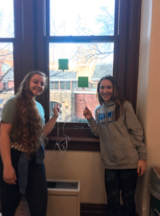
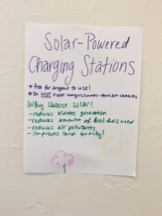
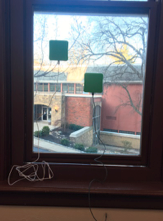
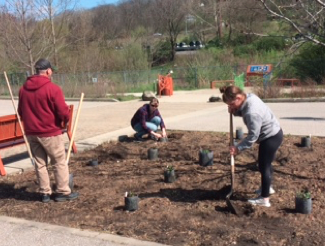
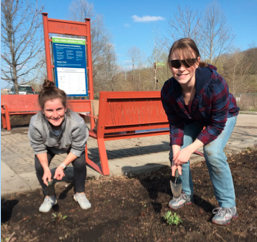



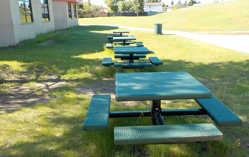

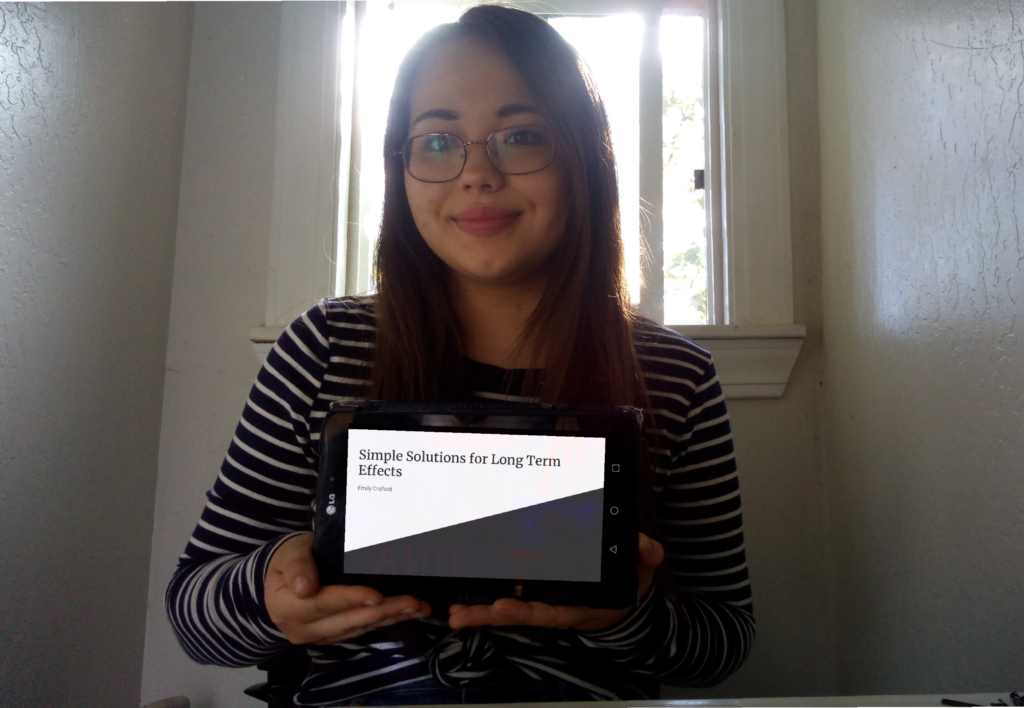
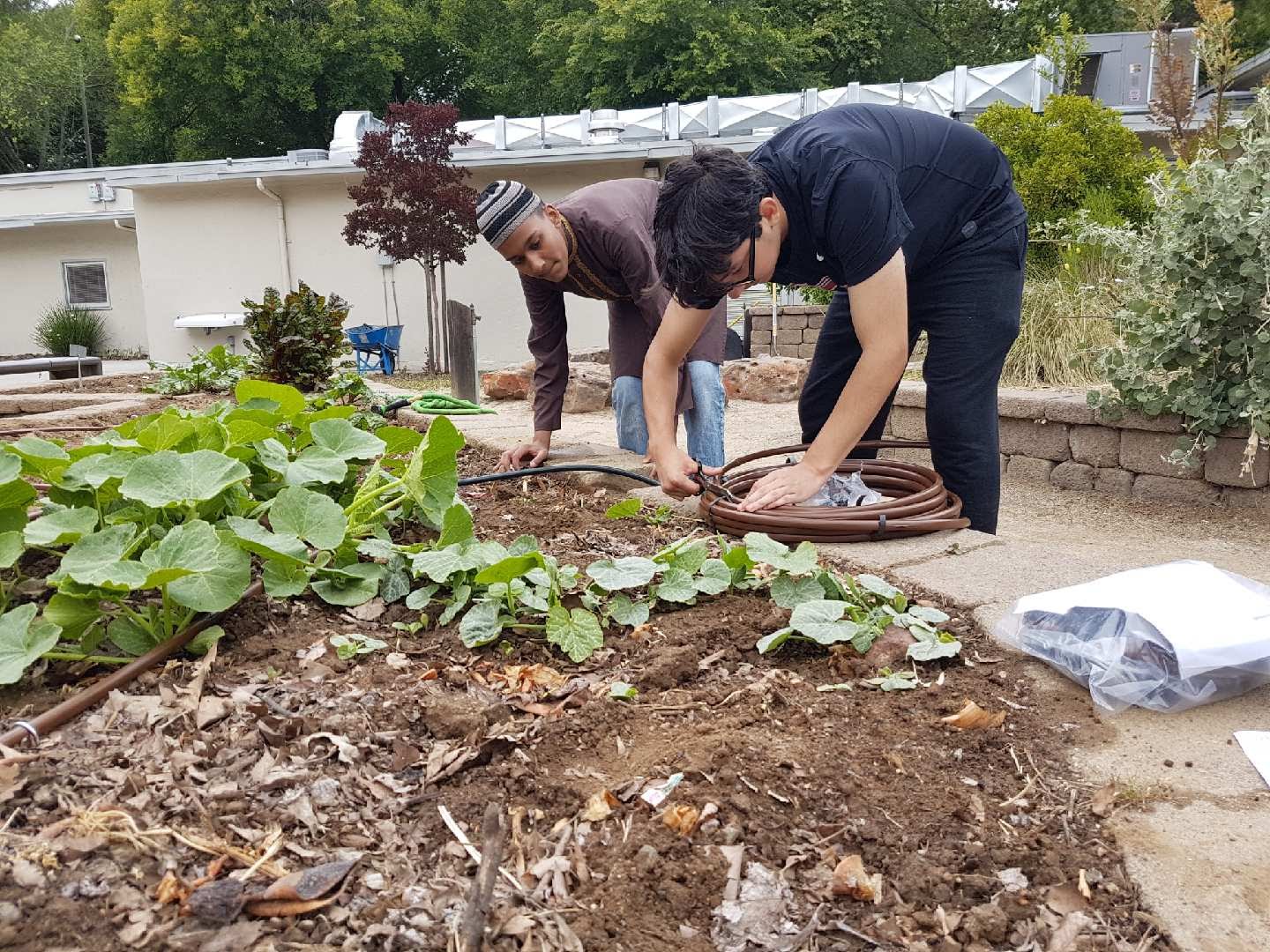
 motivate others to create change in their community.
motivate others to create change in their community.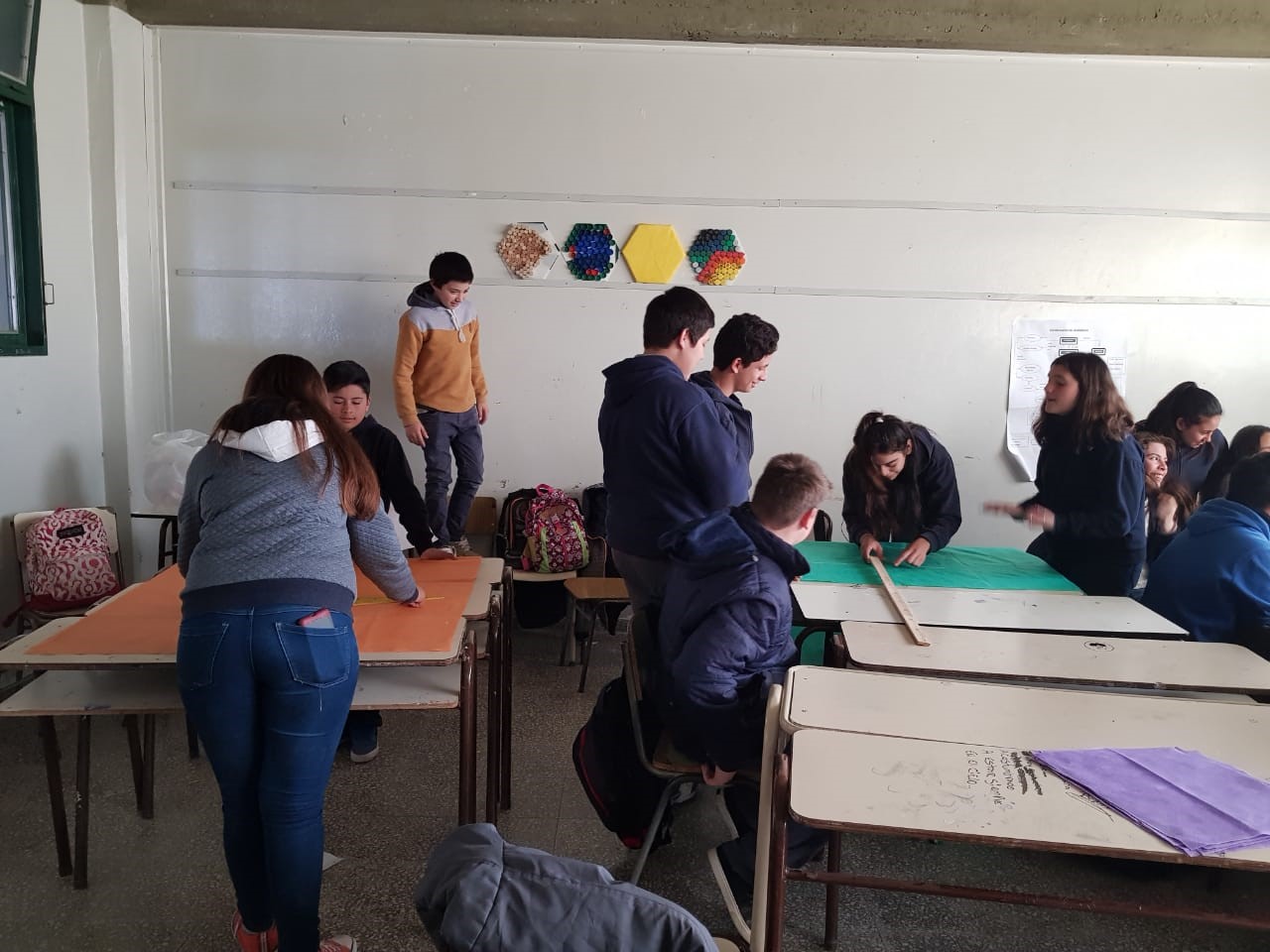
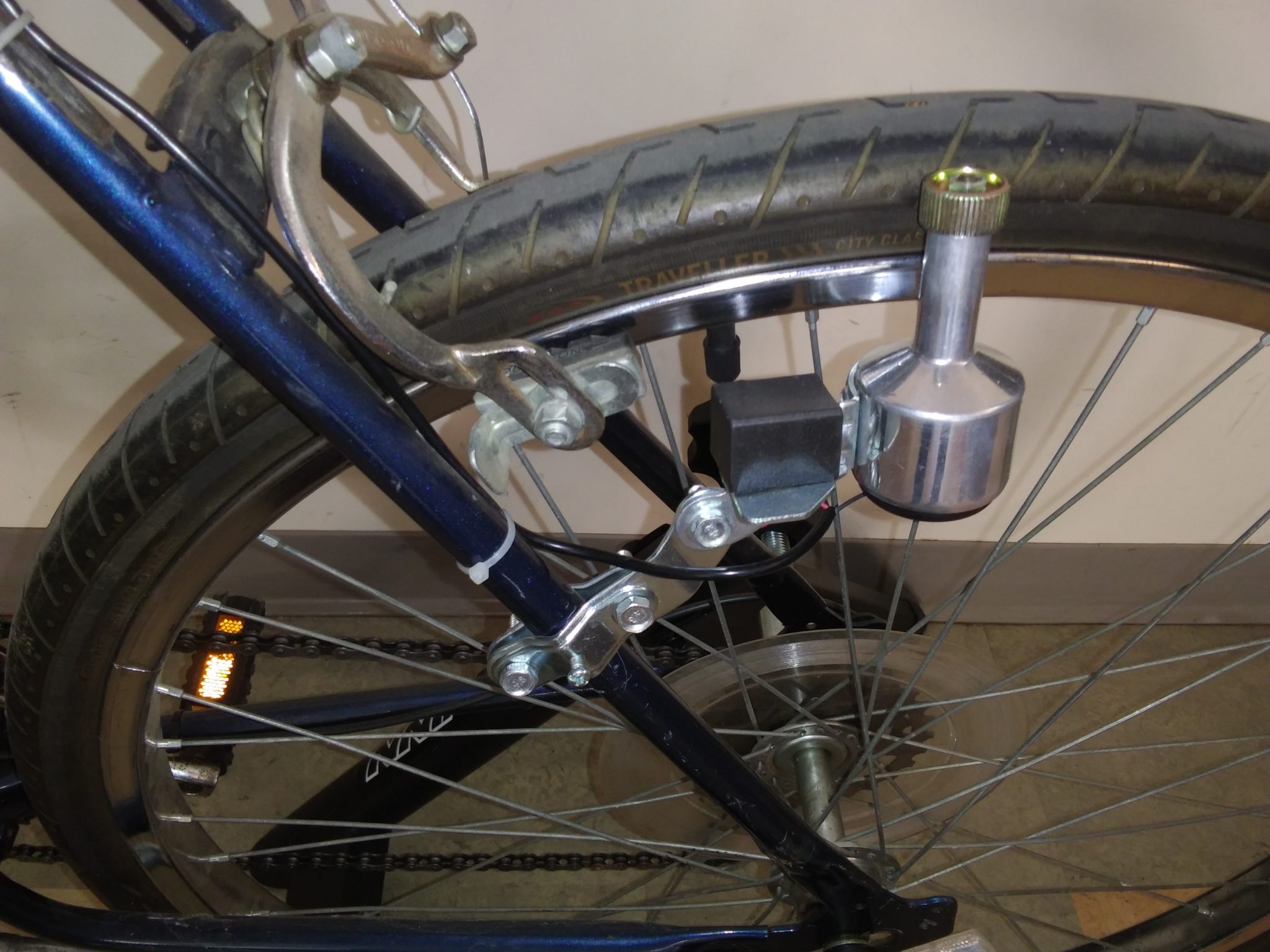 2018, Sacramento, California, USA
2018, Sacramento, California, USA